Uncover proven strategies to recognise your top performers — from tailored rewards and timely praise to values-aligned programmes that drive engagement, retention, and business results.
1. Recognizing top performers is essential for maintaining engagement, motivation, and retention.
2. Simple gestures, such as a sincere “thank you,” public acknowledgment, and offering opportunities for skill development, can significantly boost their morale.
3. Providing flexible work schedules and empowering them through information sharing further enhances their commitment and well-being.
4. These recognition strategies motivate top performers and inspire other employees, fostering a positive work culture and enhancing employee retention.
The hard work and dedication of top-performing employees have a significant impact on their business success. Organizations should recognize top performers to engage, motivate, and retain them.

Recognizing its best performers proves beneficial for an organization in more than one way.
In addition to boosting their morale, such recognition builds a positive work culture. It motivates and inspires other employees to perform at a higher level.
It, in turn, can help improve overall employee retention.

Employee recognition also enhances the employer brand value, enabling the organization to attract the most talented candidates in the industry.
Here are the five best employee recognition ideas for organizations to keep the high-performing members of their workforce constantly motivated:
1. A simple ‘Thank You’ can work wonders
2. Appreciate them on a public platform
3. Offer skill development opportunities
4. Provide flexible work schedules
5. Empower them through information sharing
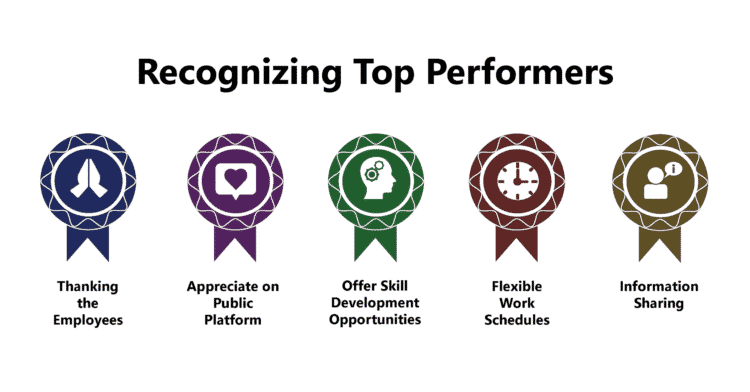
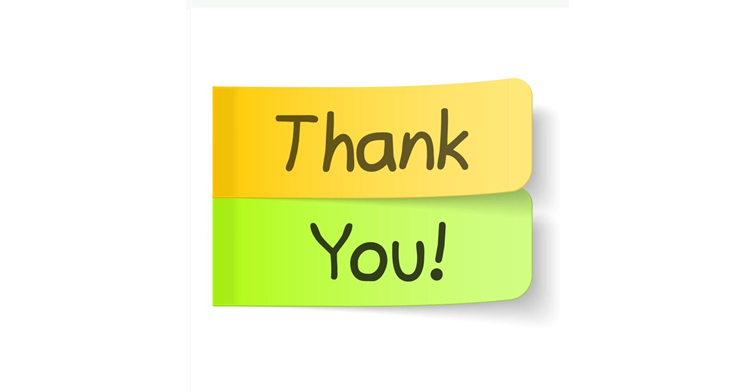
Most organizations recognize the need to reward their high-performing employees with distinctive and impressive gifts to express their appreciation.
However, they need to understand that they can express gratitude towards these employees by simply thanking them.
Handwritten thank-you notes or even a pat on the back from their supervisors can often be sufficient.
Such appreciation can prove more effective as it is personalized and direct.
It assures employees that their efforts are noticed and valued by the people who matter most.
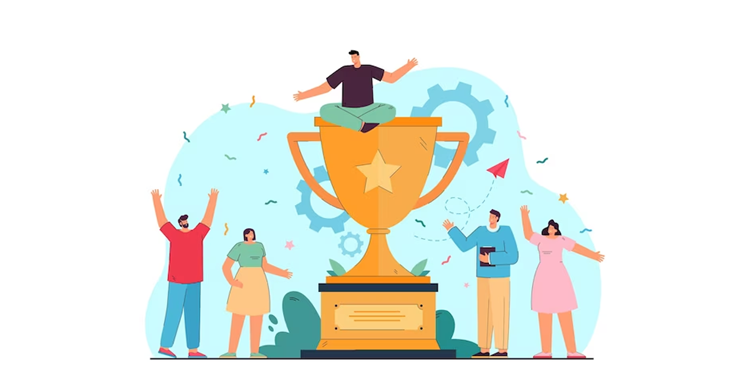
It is a great idea to recognize the achievements of high-performing employees in a public forum, such as a team meeting, town hall, or digital platform.
By highlighting their commitment to work, achievements, and qualities publicly, the organization can instill a deep sense of self-worth and pride in them.
In this context, internal social media platforms are the best venues for publicly recognizing top employees.
Organizations can also choose to recognize employees at various team events and meetings that other employees attend.

High-performing employees are constantly seeking ways to improve their performance.
Thus the organization can recognize these employees by providing them with the right training and resources for skill development.
Learning new skills can help top employees enhance their performance more quickly, thereby improving their overall job satisfaction.
It motivates them to take up more challenging responsibilities and contribute more to the organization.
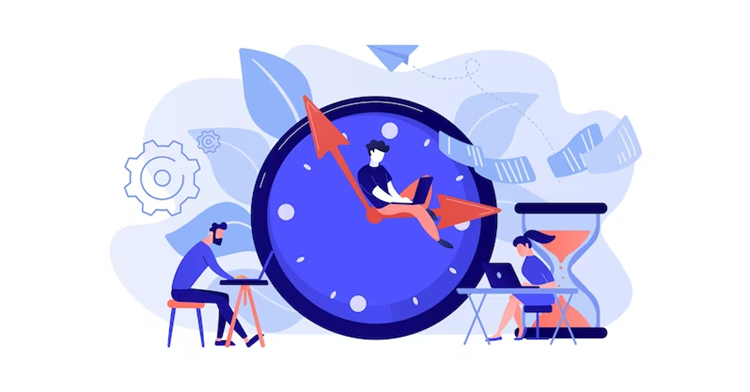
Giving high-performing employees the freedom to choose their work schedules is another great way of recognizing them.
Such recognition improves their well-being and happiness by reducing work stress and creating a better work-life balance.
It, in turn, boosts their sense of commitment and dedication towards their organization.
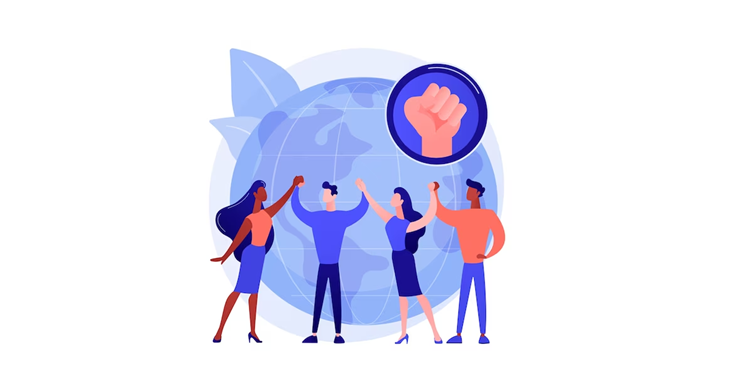
A practical method of recognizing top performers is to empower them by sharing vital information.
Organizations can make them aware of the impact of their work on overall business profitability and growth.
It motivates the employees and helps them better understand their value to the organization.
It motivates them to continue giving their best to ensure organizational success even during the most challenging times.
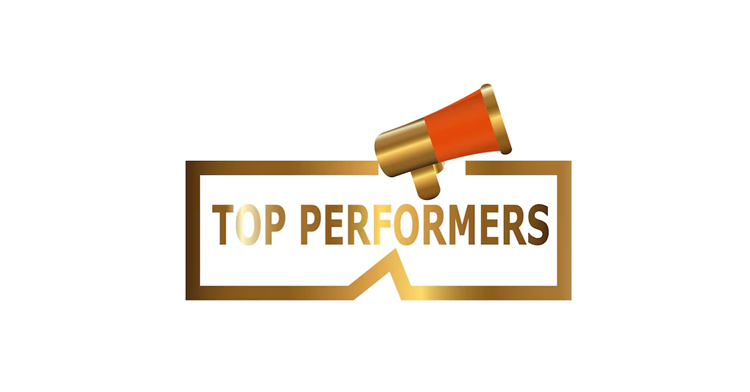
Recognition boosts engagement, motivation, retention, and helps cultivate a positive work culture.
A genuine “thank you” or handwritten note can be very effective—it feels personal and direct.
Recognizing achievements publicly (e.g., in meetings, town halls, internal platforms) gives employees pride and visibility, reinforcing desired behaviours.
Providing training or learning opportunities shows you invest in the employee’s growth—it’s a form of recognition beyond trophies or praise.
Granting top performers the freedom to adjust their schedules enhances their well-being, reduces stress, and demonstrates trust in their autonomy.
It means showing high performers how their work impacts the organization—financials, strategy, outcomes—so they see their value clearly.
Not really — some might prefer private praise over public praise, or value learning over flexibility. It’s good to know what each employee finds meaningful.
Promptly—recognition is most potent when it closely follows the achievement or action. Delays reduce the emotional impact.
Organizations need to recognize top performers and keep them motivated and committed to the success of the business.

Lead author: Sagar Chaudhuri, the Co-Founder and CEO of HiFives. He is an HR Tech Evangelist with over 25 years of experience in both corporate and entrepreneurial settings. Previously, Sagar has held leadership roles with companies such as Genpact, Infosys, and ICICI Bank. He has an engineering degree from IIT Kharagpur and an MBA from IIM Lucknow. Connect on LinkedIn
To stay updated on the latest HiFives blogs, follow us on Twitter (@MyHiFives)